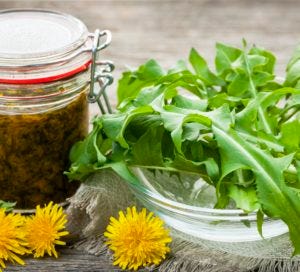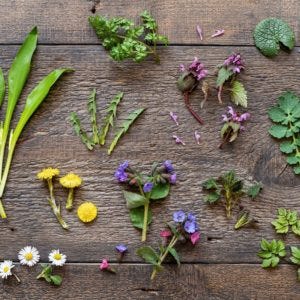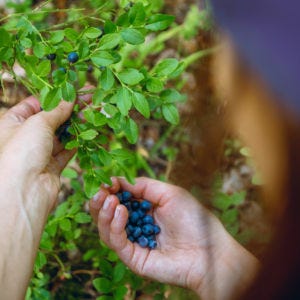Throughout most of history, people have foraged – they’ve gone into the woods, fields or the wild to find food. This includes plants, fruit, nuts, herbs, mushrooms and even shellfish and seaweed. There are over 120,000 edible plants around the world, and only 30 or so are commonly used.
The benefits of foraging include:
Adds diversity to one’s diet, thus increasing the intake of micronutrients and nutrients
Saves money
Soil is not disturbed, keeping more carbon in the soil which helps mitigate climate change
Connects one with nature and the natural world
Supports cultures and regional identities
Types of Foraging
There are mainly four types of foraging:
Urban Foraging: This is finding edible food in urban areas. The most common foods found are fruit from trees around a city and edible plants in parks. The city of Copenhagen made this easier for residents in 2019 by committing to planting fruit trees and bushes in public spaces.
Backyard Foraging: You might be surprised at what you can find in your backyard. Those dandelions you might see as an eyesore are a tasty treat to someone else.
Coastal Foraging: This is the process of finding food on the edge of the sea. There is a lot of food that can be found here, such as plants, seaweed, shellfish (clams, oysters, etc) and crustaceans (crabs, shrimp, lobster, etc).
Wild Foraging: This simply means going into wild spaces like forests to find food.
Sweden’s Edible Country
Sweden has an amazing foraging program called Edible Country. From May to September, guests can book one of 13 tables found in the woods around the country. The government hires Michelin-star chefs to create recipes from foods found in the local area. Guests can hire chefs to help forage and cook a meal for them, or they can do it on their own.
Please note: This has been on hold because of COVID-19, so if you are interested in an adventure to Sweden to eat in their woods, please make sure to check Edible Country’s website first to see if the program is operating again.
Words of Caution
If you’re interested in foraging for yourself, take a class or join a local group. It can be very dangerous to start harvesting wild food unless you know what you’re doing.
Things to look for include:
There are mushrooms and plants that can kill you. Know what you’re picking before you put anything in your mouth.
If foraging in a yard or urban/suburban space, make sure pesticides are not being sprayed all over the plants.
Know if the land you are on is public or private. You don’t want to get in trouble with the law. There are also restrictions on foraging on government land.
If you decide you want to forage on a neighbor’s property, make sure you get permission first!
You need to know if the ground the plants are growing in is toxic or healthy.
Don’t Let That Stop You!
It is very important to know what you’re doing, so please heed the cautions, but don’t let that stop you!
Foragers You Should Know
One of the country’s top foragers is Tama Matsuoka Wong – she forages for some of the top restaurants in New York City. Check out her TEDxManhattan talk about how she went from lawyer to renowned forager.
If you happen to visit or be in Copenhagen, the amazing Chef Soren Westh is frequently found foraging and creating memorable dishes from the ingredients he finds.
Anyone in the Bay Area in San Francisco can check out Bryan Jessop and the delectables he finds in the woods around the area.
For More Information
Falling Fruit has a map collaboratively developed by foragers, freegans and foresters that lists over 500,000 food sources from around the world. And Wild Edible can help you get started.
Check out Change Food’s Plant Eat Share program and foraging page for more information.
Discover good food near you!
Thank you for reading the Whole Health Journal, a space dedicated to spirituality, wellness and healthy food. A peek into my latest book coming soon. Free and paid. By Diane Hatz. If you like what you read, please subscribe.
This article also appeared on the Whole Healthy Group blog.







